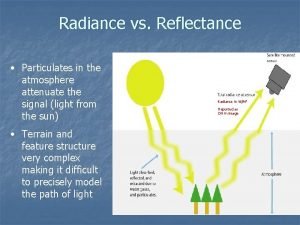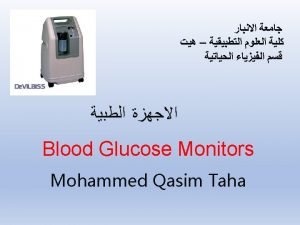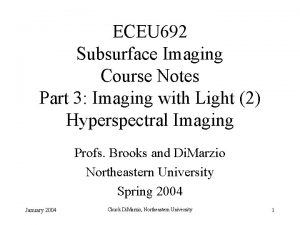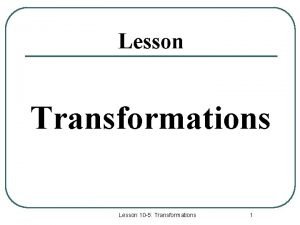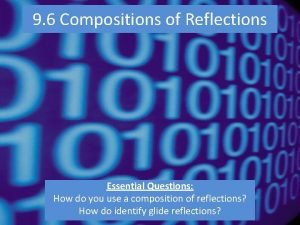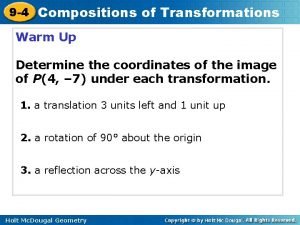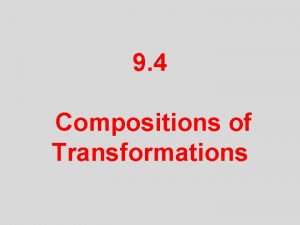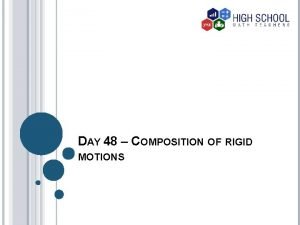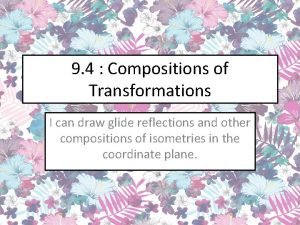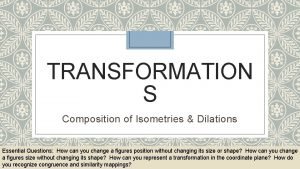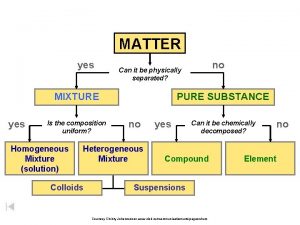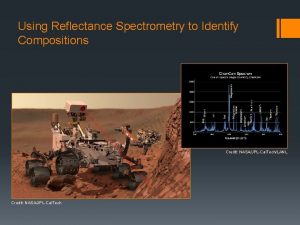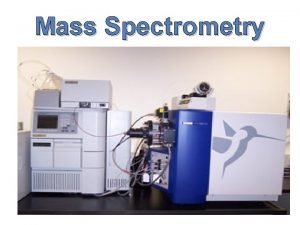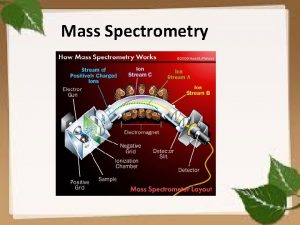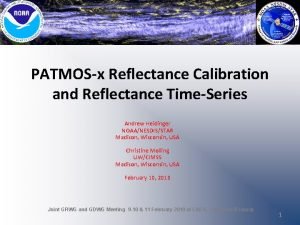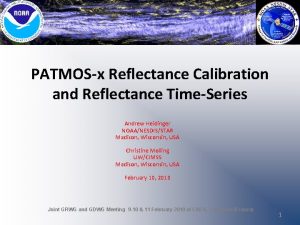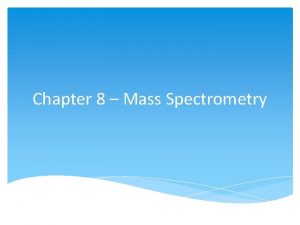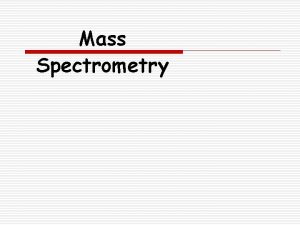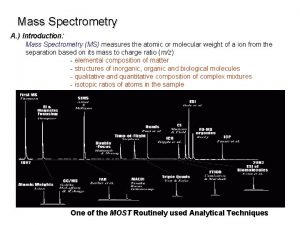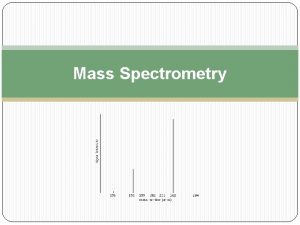Using Reflectance Spectrometry to Identify Compositions Credit NASAJPLCal
















- Slides: 16

Using Reflectance Spectrometry to Identify Compositions Credit: NASA/JPL-Cal. Tech/LANL Credit: NASA/JPL-Cal. Tech

How Do We See Mars? § Our eyes, cameras, and mission instruments use the sunlight reflected off its surface.

Spectra Are “Fingerprints” § Fingerprints can be used to identify individual people Credit: http: //www. moillusions. com Credit: http: //math-blog. com Credit: http: //www. vetmed. vt. edu

Spectra Are “Fingerprints” § Spectra are unique to elements and minerals § Used to identify minerals; rocks Credit: Chem. Cam/LANL/IRAP/CNES Credit: Univ. of Toronto

Types of Spectra Credit: http: //csep 10. phys. utk. edu/astr 162/lect/light/spectra 2. gif

Using the ALTA to take a Spectrum § These rocks are “Mars” rocks that you—like a rover on a mission— are analyzing. Your task it to determine their possible compositions, by comparing the Mars rocks’ spectra to known Earth rocks’ spectra. Credit: Ward’s Scientific

Using the ALTA to take a Spectrum § These rocks are “Mars” rocks that you—like a rover on a mission— are analyzing. Your task it to determine its possible composition, by comparing the Mars rocks’ spectra to known Earth rocks’ spectra. § Buttons on front, LEDs & detector on the back § Push each button on the front and see what happens on the back

Using the ALTA to take a Spectrum § What is the ALTA doing? § Light from diode strikes the surface of the sample § Light reflected off the sample enters the detector § Read-out on the front indicates how much of the light has been reflected (voltage) § Because each ALTA has its own sensitivities, the read-out should be compared to the reflectance of white paper

Taking the Dark Voltage § What happens if you place the ALTA down flat and don’t turn on any of the lights? § You still have a number - ALTA’s photodetector and electronics don’t go to zero. This is your “Dark Voltage”

Using the ALTA to take a Spectrum § Need a large flat surface if possible. § Try not to let outside light into the detector. § Work in groups of 4; one can hold the sample and ALTA, one can press the buttons, one to record the data, etc. § Begin with taking the data for two stacked pieces of white paper.

Terrestrial Spectrum #1

Terrestrial Spectrum #2

Terrestrial Spectrum #3

Terrestrial Spectrum #4

Terrestrial Spectrum #5

Terrestrial Spectrum #6
 Radiance vs reflectance
Radiance vs reflectance Acquiring the reflectance field of a human face
Acquiring the reflectance field of a human face Reflectance photometry principle
Reflectance photometry principle Reflectance spectroscopy
Reflectance spectroscopy Lambertian pattern
Lambertian pattern This can be avoided by giving credit where credit is due.
This can be avoided by giving credit where credit is due. Lesson 10-1 compositions of transformations
Lesson 10-1 compositions of transformations Compositions math
Compositions math Practice 9-6 compositions of reflections answers
Practice 9-6 compositions of reflections answers Compositions of transformations
Compositions of transformations Compositions of transformations
Compositions of transformations George frideric handel compositions
George frideric handel compositions Composition of rigid motions example
Composition of rigid motions example Composition of transformations
Composition of transformations Lesson 6 compositions of isometries
Lesson 6 compositions of isometries Matter that has a uniform and definite composition
Matter that has a uniform and definite composition Compositions geometry
Compositions geometry
